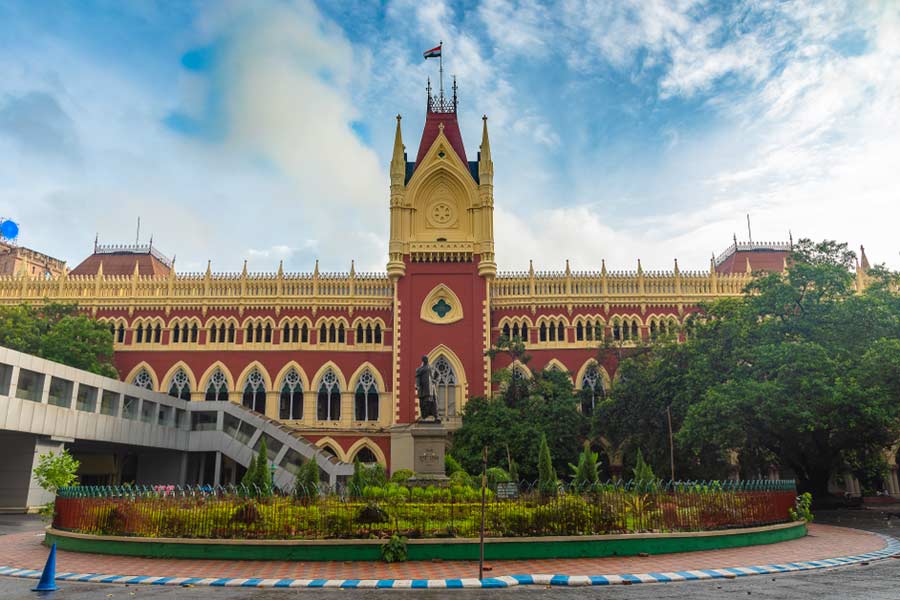Mama, I’ll be doing PCM (physics, chemistry, mathematics) not PCB (physics, chemistry, biology) after Class X. Are you disappointed in me?” asked my niece gingerly.
I was certain she’d become a doctor — so deep was her love for biology and deference to our family tradition. But she calculated, as would anyone with common sense, that with an engineering degree and an MBA, she’d be working for a multinational company making several lakh rupees a month by 28. If she stuck with biology, tradition and altruism, as a doctor she’d still be untrained and preparing for examinations at 28.
Once, doctors commanded both the mystery of science and the magic of metaphysics. As medicine became for-profit, the metaphysics slowly disappeared.
Indians are becoming more prosperous. They’re also less fatalistic and expect less from their gods and more from their doctors. In the beginning they treated their doctors as gods, now they see that doctors have feet of clay, too. Doctors, who once outsourced the limitations of medicine to the will of gods, summarised by the famous Bollywood line “inko dawa ki nahin dua ki zaroorat hai” (the patient needs prayers, not drugs), now must internalise medicine’s limitations. There are many — medicine is still an imperfect science, a stubborn art, often an optimistic breeze fighting forlornly against nature’s implacable gale.
As their sheen recedes, doctors face a new tide — mob attacks for undesirable patient outcomes. The strike by doctors in Calcutta, in protest of a junior doctor seriously injured by an angry family of a 75-year-old patient who passed away, is just the tip of the iceberg. There’s more trouble brewing.
As people are living longer, they have more diseases and are on more drugs. Medicine has become more complex but the infrastructure to support junior doctors is still rudimentary. Death is still inevitable but medicine keeps promising death’s postponement and when death isn’t postponed to the degree families expect for their loved ones, they suspect negligence. The suspicion of medical malpractice places unsupported junior doctors, the face of hospitals, most at-risk from angry mobs.
One of my most harrowing memories in India as a child was when I saw a mob pour kerosene on a bus. My grandfather pulled me away before the bus was set alight but I knew what was happening. The mob had tied the driver and conductor to the steering wheel. The mob was angry because the bus had crashed into a pedestrian fatally injuring her.
It was only years later that I understood the price of stopping mobs. When I arrived in Philadelphia, US, for my medical training, I couldn’t afford a car because I couldn’t afford auto insurance, which was unaffordable as the costs of litigating auto-accidents were so high.
The US is famously litigious, particularly in medical malpractice, where millions are awarded for bad patient outcomes. The net effect of litigation is defensive medicine where doctors over-order tests to avoid lawsuits. Defensive medicine has made healthcare costlier. For years I rued medicine’s litigation problem, particularly its effect on physician decision-making. Now I wonder if overlitigation is the lesser of two evils.
Mobs attempt to correct for failures of institutions to make systems safer. Though mob violence is a blunt tool, unhelpful at making systems safer, their expression signals a void — the paucity of confidence in civil courts. If patients’ families had confidence in the legal system and were sufficiently compensated, over time they’d be less likely to be violent when they perceived real or imaginary medical negligence. Compensation doesn’t bring back the deceased but it’s an apology of sorts. Though dreadfully cynical to say — money is balm to the grieving soul. In its absence, retribution rears its ugly head. Mobs exact retribution in lieu of compensation.
The mob problem faced by doctors in India won’t be cheap to solve. The government must invest a fair amount in courts, medical malpractice insurance, hospital infrastructure. Due process is expensive. Safety costs. Fatalism subsidised Indian healthcare far too long but the gods are no longer willing to pick up the slack of politicians.
Though I didn’t let on to my niece, I was secretly pleased that she decided not to become a doctor. Medicine is stressful enough without doctors being worried about their personal safety. Safety beats tradition. Altruism be damned.












